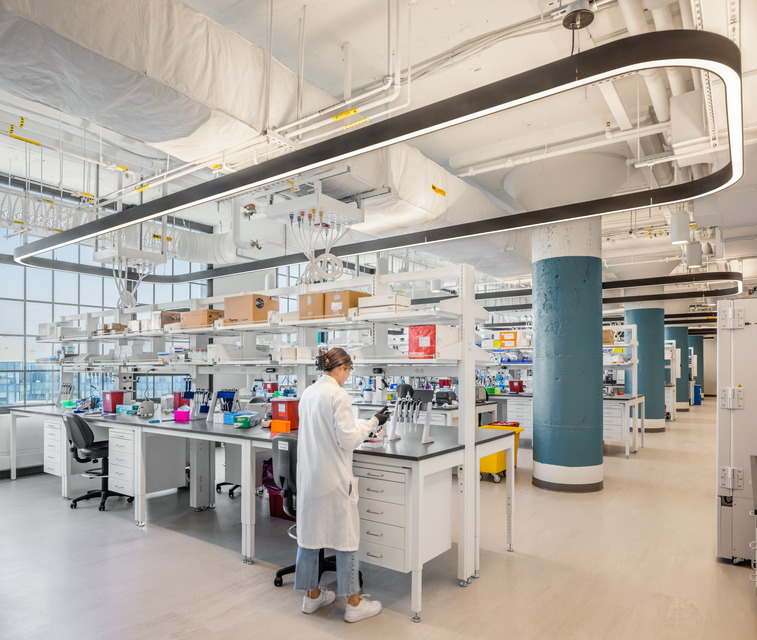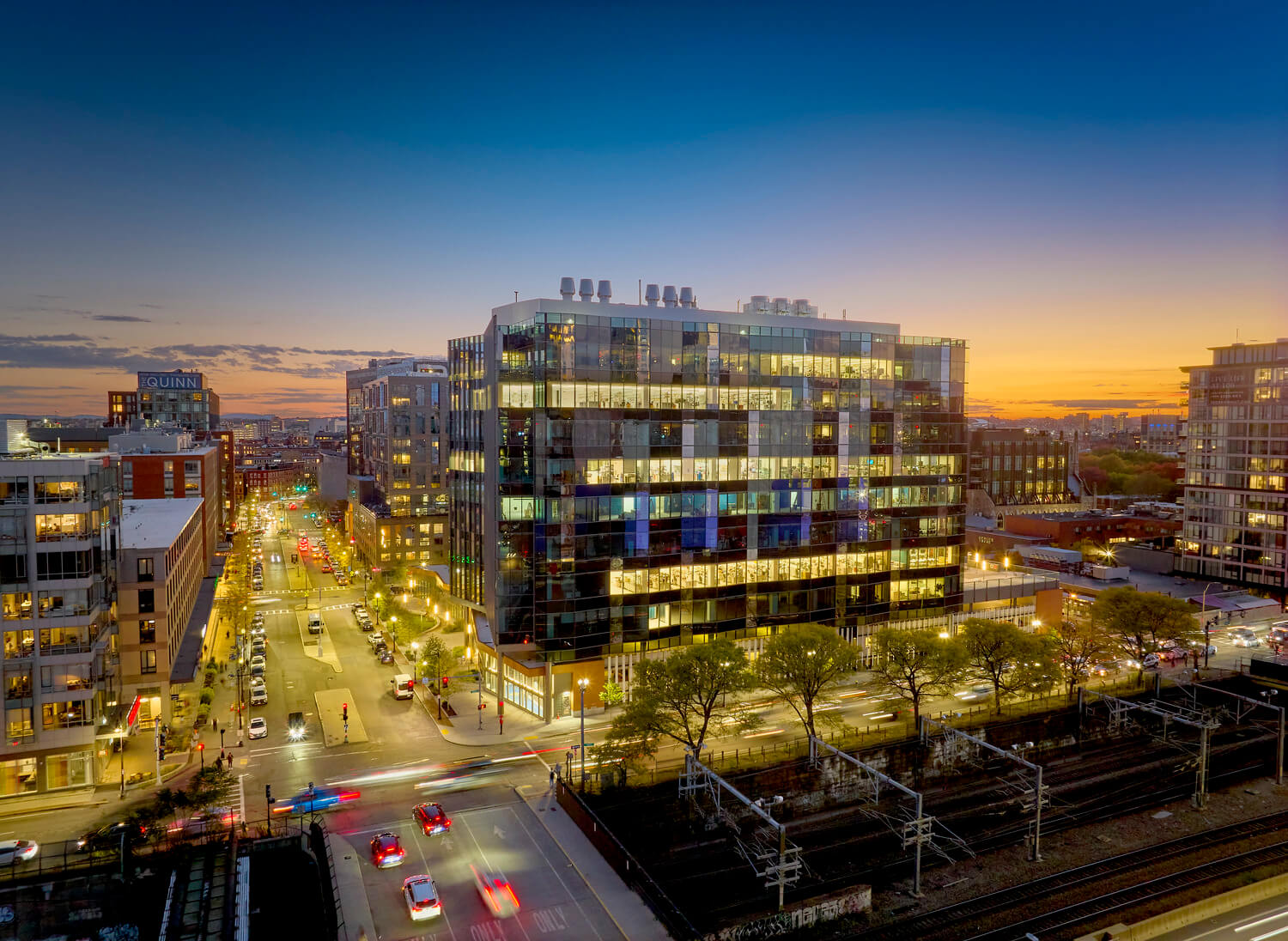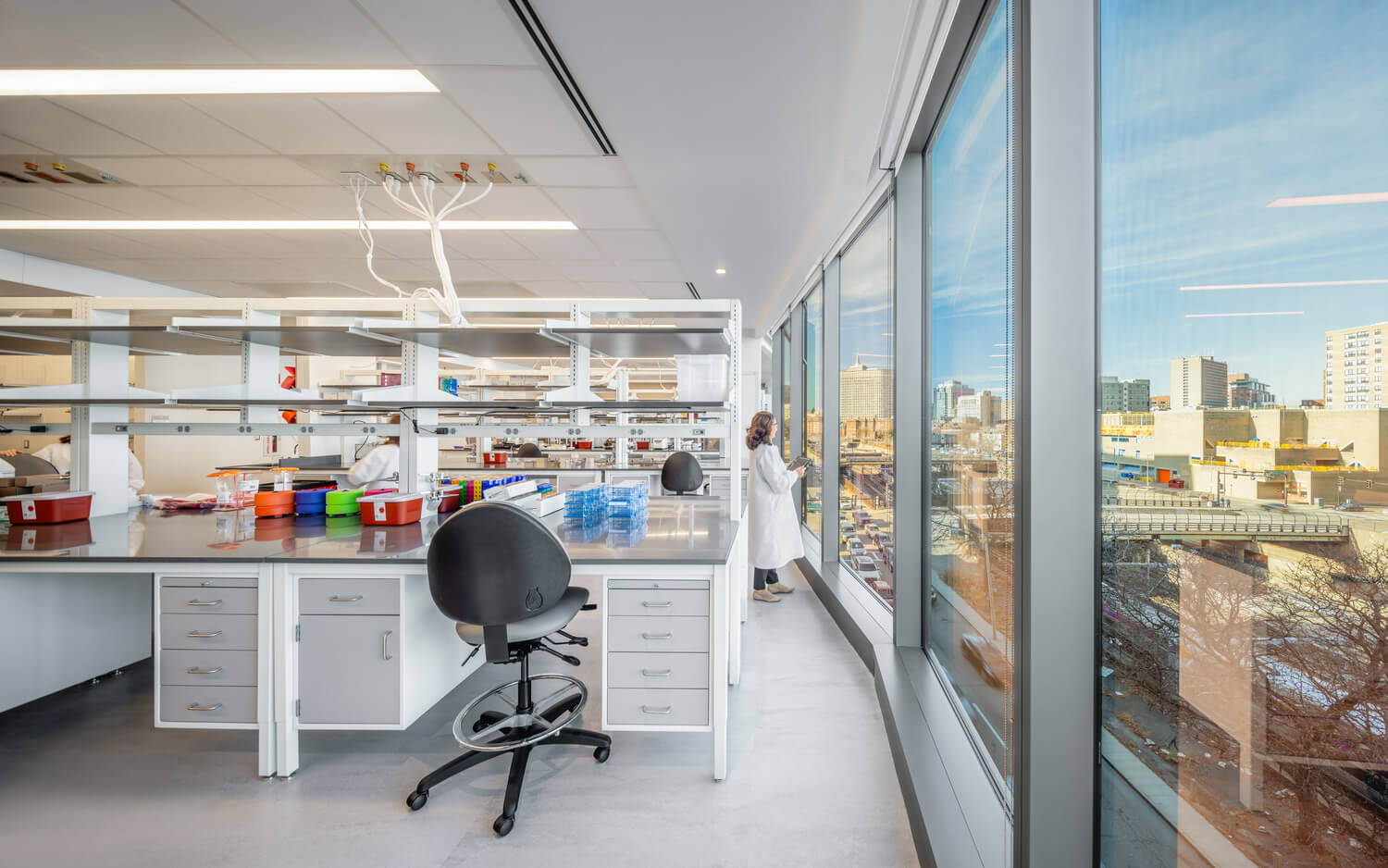
New MA building codes are set to transform how life science companies and universities can carry out their lab work.
From June 30, 2025, all lab building projects in the state—both new builds and renovations—must follow an updated set of rules on chemical quantities.
In this Q&A Adrian Walters, SMMA’s Life Science Market Leader, sets out how these changes will impact developers, companies, and universities in Massachusetts.
Adrian, why are these code changes keeping your life science clients up at night?
There was a lot of uncertainty about the timing—until now. On December 2, 2024, the BBRS voted to officially approve the extension of the “concurrency period” in Massachusetts from January 1 to June 30, 2025. This means that, until June 30, clients can choose whether to permit their labs under the “old” 9th Edition Building Code or the “new” 10th Edition Building Code.
This extension came after a major lobbying effort to increase the original two-and-a-half month period that started on October 11, 2024 and was caused by the delayed adoption date of the 10th Edition.
One thing we can say for certain: Life science companies and universities are excited by increases to Maximum Allowable Quantities (MAQs) allowed by the 10th Edition. MAQs dictate how many gallons of chemicals you can use and store on each floor of a lab building. Increased MAQs should have a positive impact on research work. But there is a caveat: the changes do not apply to certain hazardous materials.
Adrian, why are these code changes keeping your life science clients up at night?
There was a lot of uncertainty about the timing—until now. On December 2, 2024, the BBRS voted to officially approve the extension of the “concurrency period” in Massachusetts from January 1 to June 30, 2025. This means that, until June 30, clients can choose whether to permit their labs under the “old” 9th Edition Building Code or the “new” 10th Edition Buiding Code.
This extension came after a major lobbying effort to increase the original two-and-a-half month period that started on October 11, 2024 and was caused by the delayed adoption date of the 10th Edition.
One thing we can say for certain: Life science companies and universities are excited by increases to Maximum Allowable Quantities (MAQs) allowed by the 10th Edition. MAQs dictate how many gallons of chemicals you can use and store on each floor of a lab building. Increased MAQs should have a positive impact on research work. But there is a caveat: the changes do not apply to certain hazardous materials.
SmartLabs at 6 Tide Street
View Project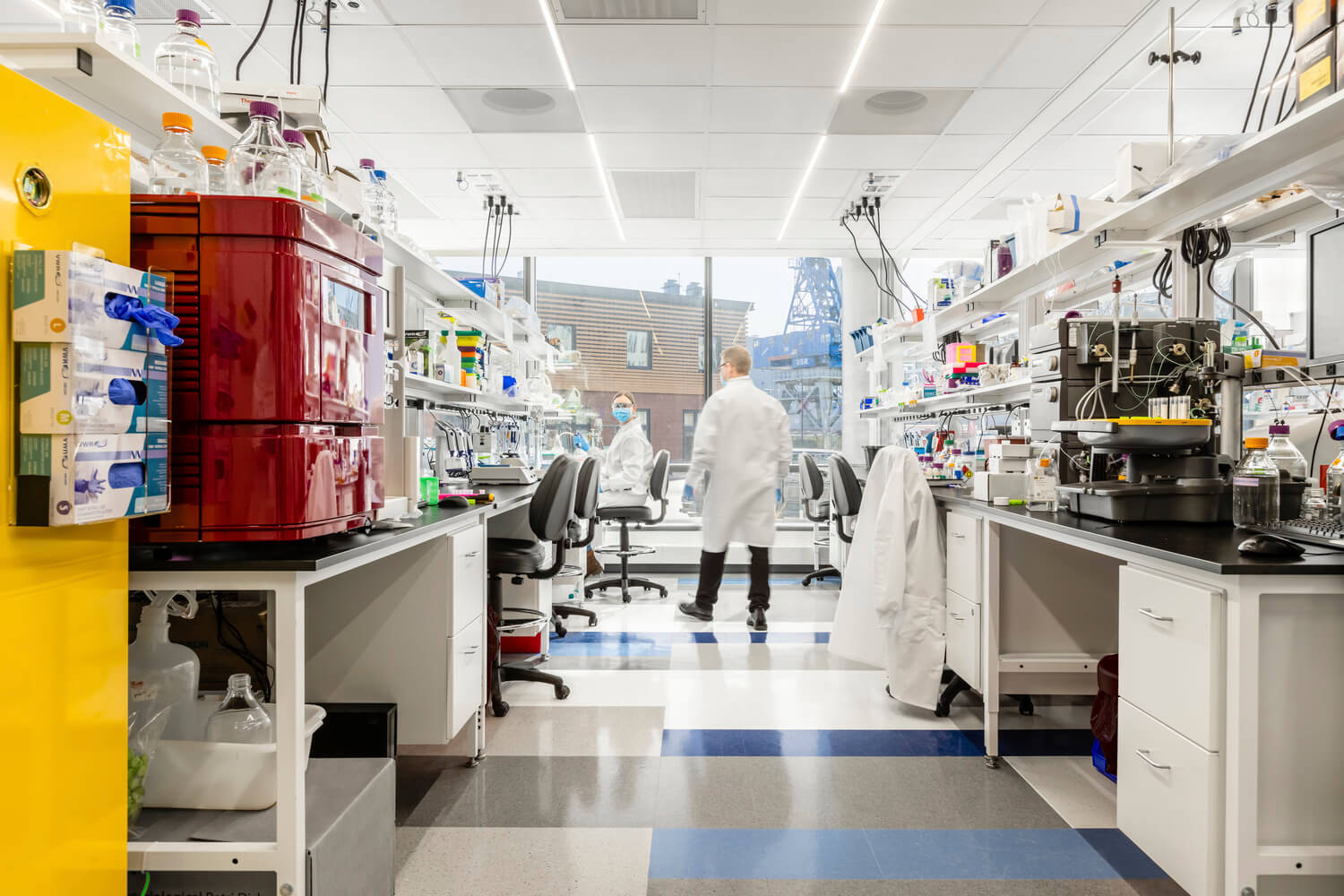
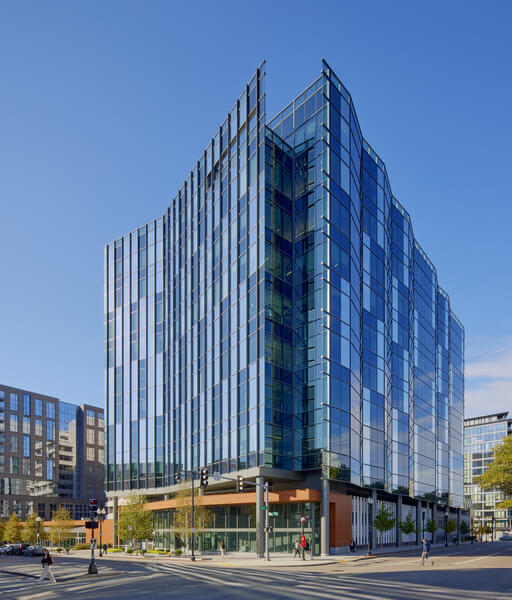
Increases in MAQs will allow lab tenants to use far greater chemical quantities on higher floors.
321 Harrison Avenue
What exactly is changing as a result of the new codes?
After June 30, 2025, new-build and renovation lab projects must follow the 10th Edition of the Massachusetts Building Code. This code will radically change how we stack the program in high-rise lab buildings. Increases in MAQs will allow lab tenants to use far greater chemical quantities higher up in the building. Life science tenants should be able to ramp up the research capabilities of their upper-floor labs and increase the utilization of their labs across the whole building.
What opportunities does this provide for lab buildings?
The headline benefit is that life science companies and universities are now able to locate their labs on much higher floors. Under the old MAQ rules, tenants would scramble to lease floors one, two, and three—the most precious real estate for labs. But the 10th Edition offers far more generous MAQs per floor. You may be able to double, triple, or even increase tenfold the amount of chemicals kept on certain floors. This should encourage developers to build more California-style high-rise lab buildings where tenants can do chemically intense lab work much higher up in the building.
Can you give an example?
Let’s assume a 10-story building with 20,000 square feet on each floor. Your company does lab research on infectious diseases, so you need a typical “Class C” biochemistry lab with, say, 200 gallons of chemical use and storage. Under current rules, which use a method called “Control Areas”, you can only locate this lab on Floor 3 or below. But under the proposed “Lab Suites” method, you could locate it on any floor of the building.
Another incoming change is less strict Fire Separation rules for certain kinds of labs. This should give us even more flexibility to locate labs on higher floors.
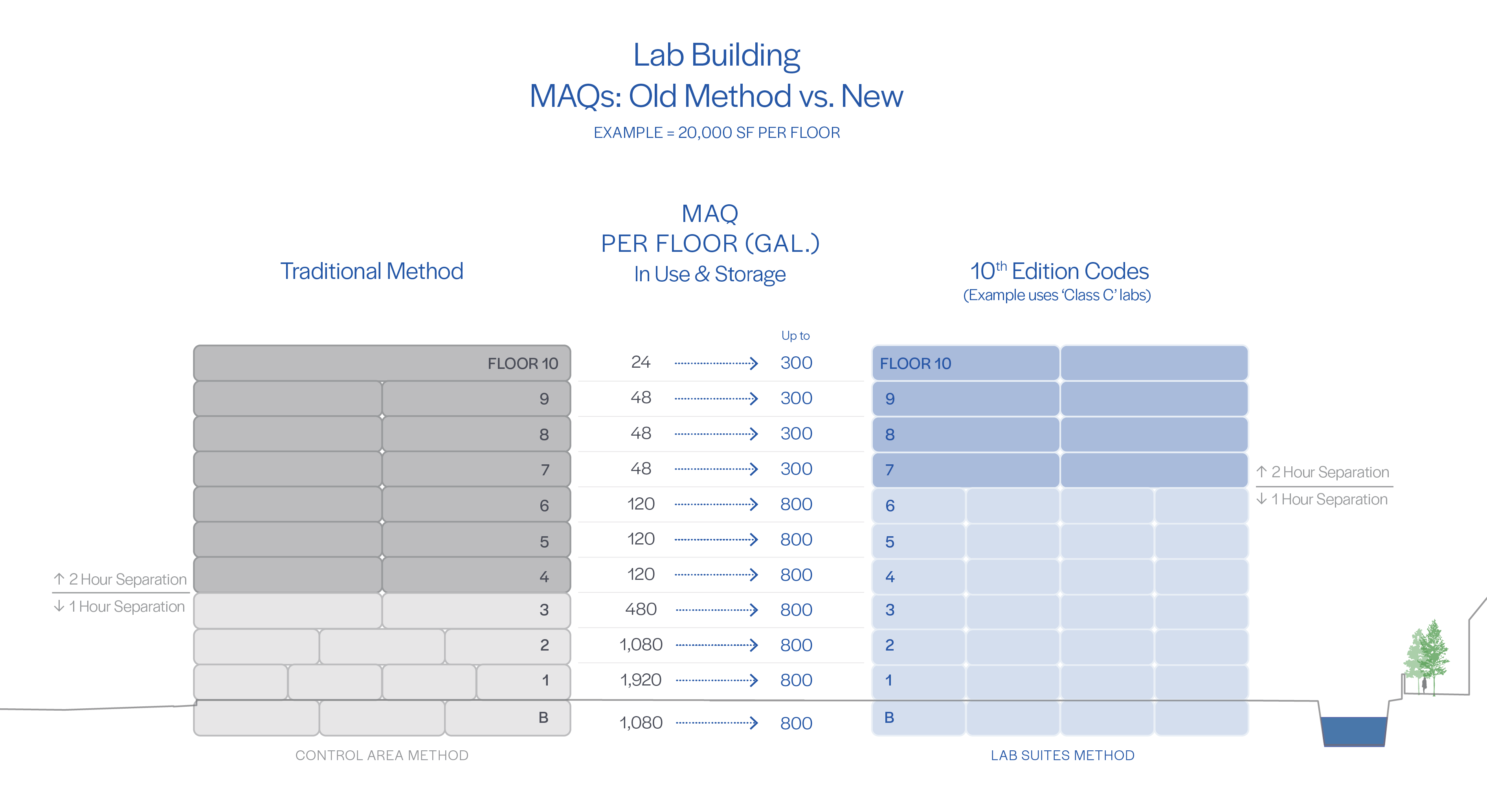
Do increased MAQs bring any other benefits?
Absolutely. The building code changes will have a domino effect on our ability to program and stack lab buildings. There will soon be much more choice and flexibility as to what kind of lab spaces can go where.
This comes with three main benefits:
- Developers will be able to sell lab buildings to a broader market. Conversely, life science companies are more likely to find lab space that fully supports their scientists’ needs. This is especially valuable in dense urban areas like Boston and Cambridge’s Kendall Square, where space is at a premium. So overall, it’s a win-win.
- Companies with labs will be much better placed to optimize their workplace. Let’s say you want more interaction between your lab workers and office workers. Instead of cramming all your chemistry labs on the first or second floor, you could now put some of them on the sixth floor and share the rest of the floor space with offices, a café, wellness rooms, collaborative work areas, and so on.
- We can be more energy efficient. Until now, we’ve had to locate the most energy-intensive labs on the lowest floors. Sucking all that air from the ground floor to the rooftop calls for an enormous HVAC load. But with more labs on higher floors, that distance shortens, meaning far less energy use. In other words, we can now plan lab buildings according to the most efficient MEP design and not around code planning. In Boston, the newly approved Net Zero Carbon (NZC) Zoning amendment will make energy efficiency a key factor in all new building projects.
Do increased MAQs bring any other benefits?
Absolutely. The building code changes will have a domino effect on our ability to program and stack lab buildings. There will soon be much more choice and flexibility as to what kind of lab spaces can go where.
This comes with three main benefits:
- Developers will be able to sell lab buildings to a broader market. Conversely, life science companies are more likely to find lab space that fully supports their scientists’ needs. This is especially valuable in dense urban areas like Boston and Cambridge’s Kendall Square, where space is at a premium. So overall, it’s a win-win.
- Companies with labs will be much better placed to optimize their workplace. Let’s say you want more interaction between your lab workers and office workers. Instead of cramming all your chemistry labs on the first or second floor, you could now put some of them on the sixth floor and share the rest of the floor space with offices, a café, wellness rooms, collaborative work areas, and so on.
- We can be more energy efficient. Until now, we’ve had to locate the most energy-intensive labs on the lowest floors. Sucking all that air from the ground floor to the rooftop calls for an enormous HVAC load. But with more labs on higher floors, that distance shortens, meaning far less energy use. In other words, we can now plan lab buildings according to the most efficient MEP design and not around code planning. In Boston, the newly approved Net Zero Carbon (NZC) Zoning amendment will make energy efficiency a key factor in all new building projects.
SmartLabs at 2 Tower Place
View Project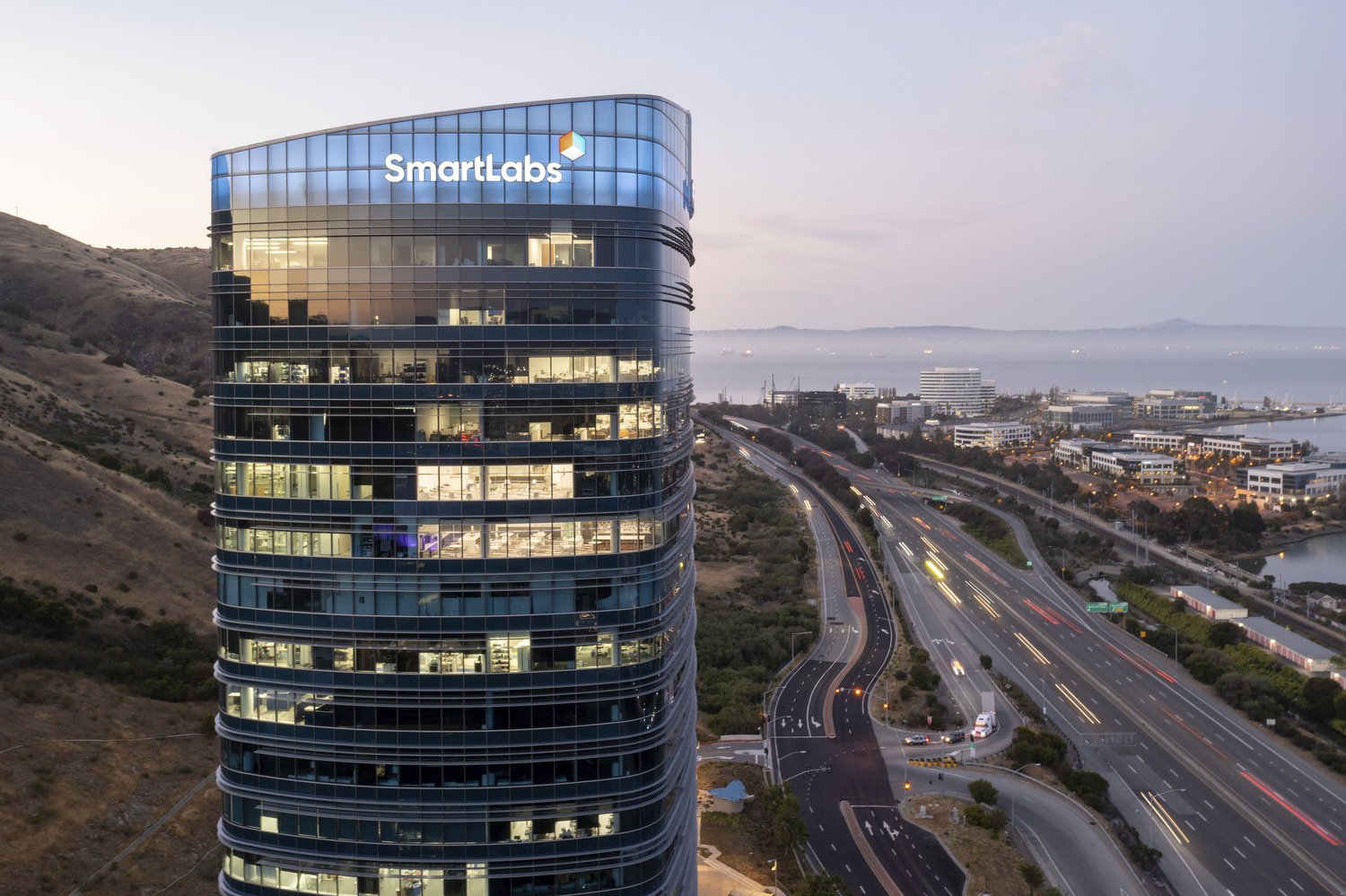
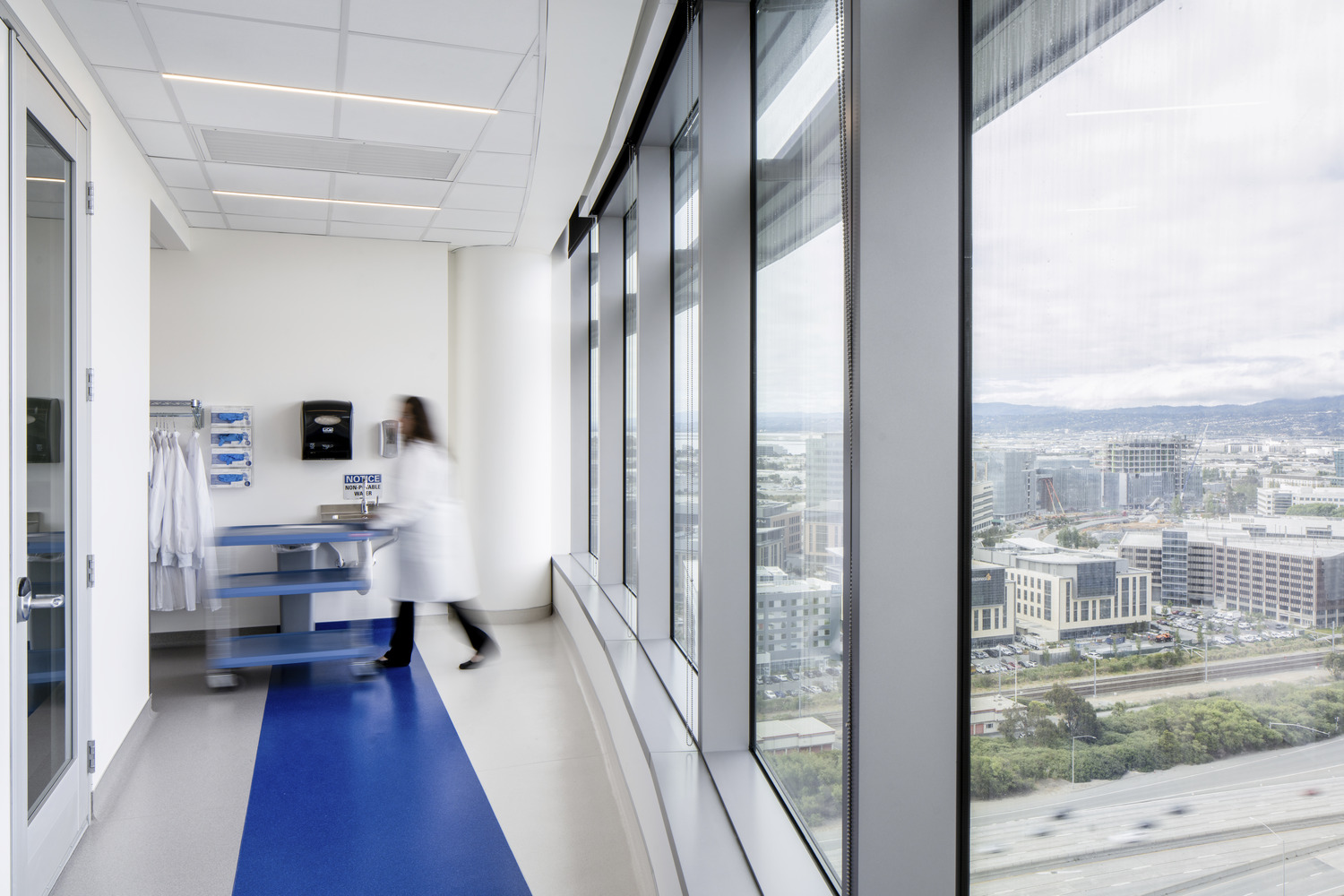
You mentioned a caveat to the 10th Edition. What should people look out for?
The Lab Suites method deals only with flammable liquids. Everything else—powders, compressed gases, flammable gases—will still be governed by the Control Area method. This means stricter rules on fire separation, which in turn may limit you from locating certain labs on higher floors.
For example, you may have to place a one-hour-rated lab suite within a two-hour-rated control area (see diagram below). This will be quite complicated from a mechanical fire separation point of view. Where do the ducts go? How are they rated? How do they transition through spaces?
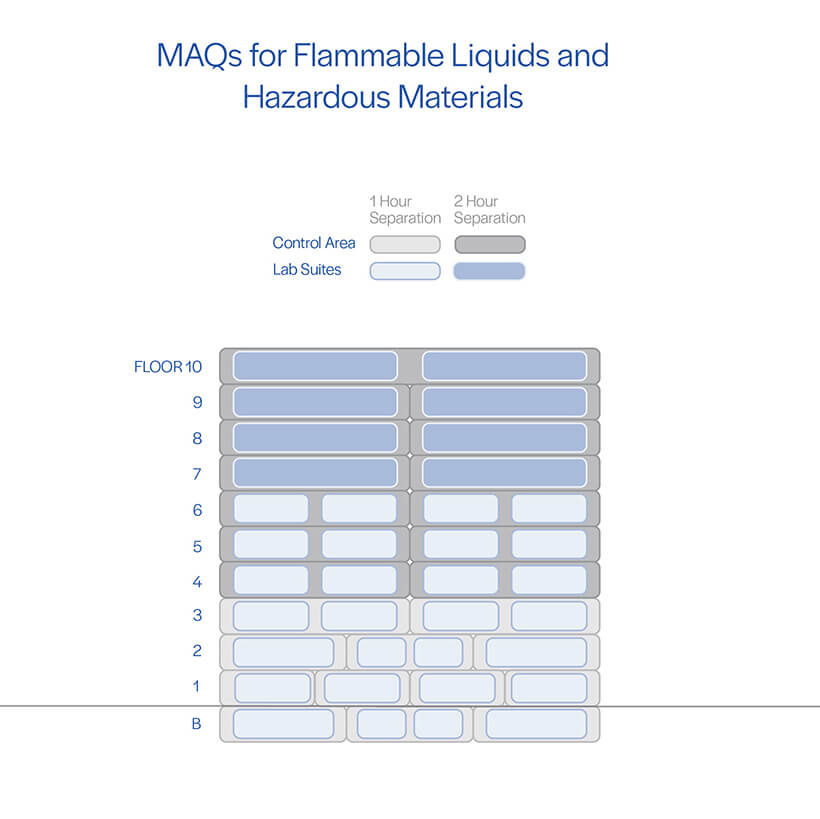
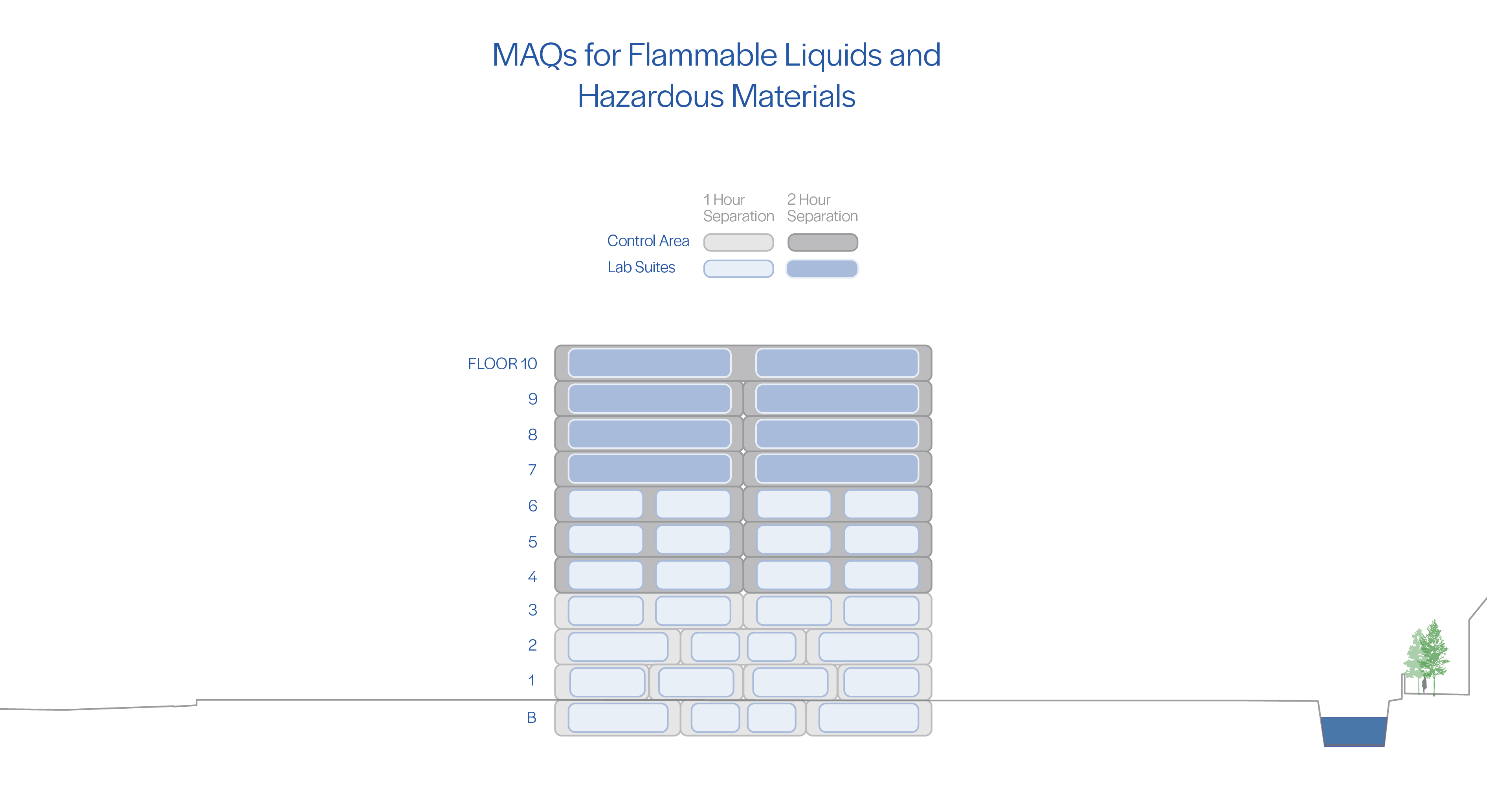
What advice do you have for owners or developers who are planning a new lab project?
You’ll need an experienced team of lab planners and MEP engineers who know what they’re doing. This is a complicated transition—wrong decisions can get you into a lot of very expensive trouble.
The 10th Edition does not resolve some of the inherent conflicts between the national fire code and the state-level building code. Therefore, you’ll need help from people who can negotiate with your local building inspector or the head of the building department. Different AHJs are likely to have different interpretations of the new code, and calculations may vary from town to town, city to city.
